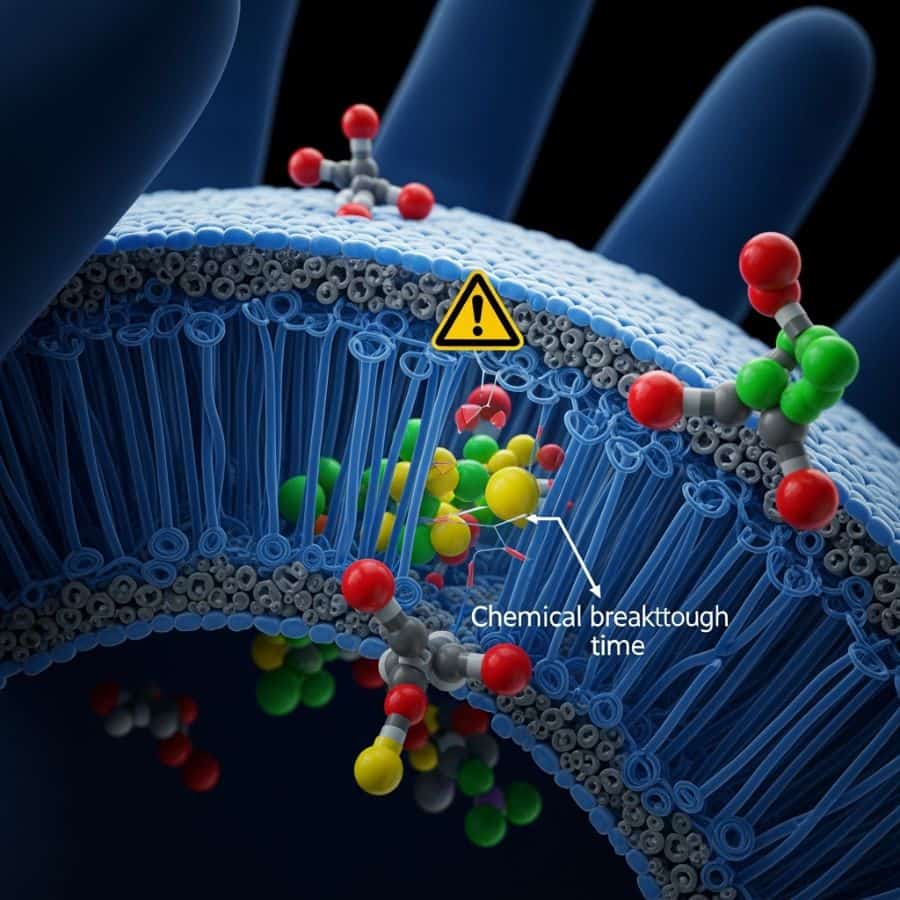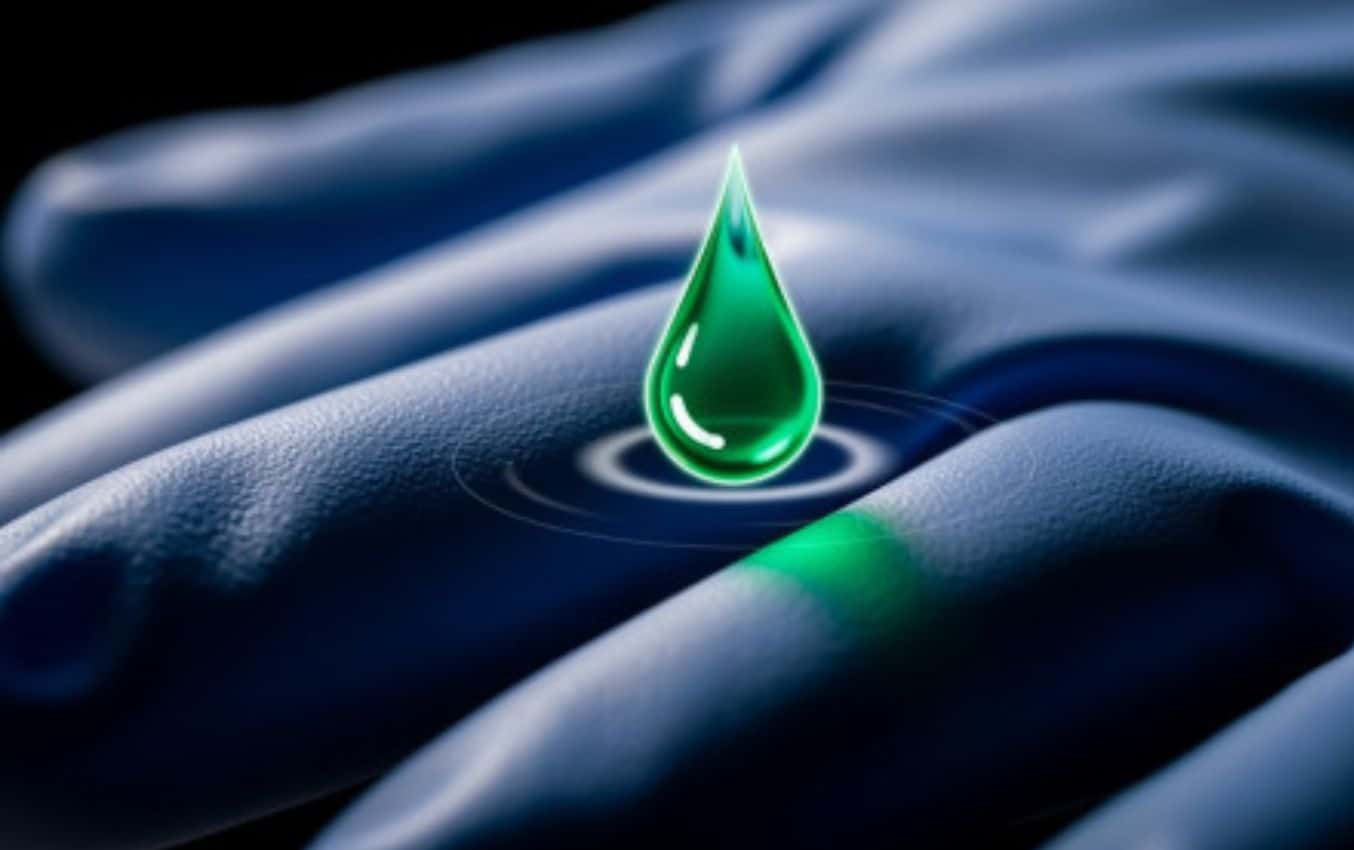Nitrile gloves are used a lot to keep our hands safe from nasty chemicals. But what makes some gloves better than others at stopping these chemicals from getting through? It all comes down to a few things.
What Gloves Are Made Of Matters
Think of it like this: some walls are stronger than others. The stuff gloves are made of, and how thick they are, really changes how well they block chemicals.
- Different Nitrile, Different Protection: Not all nitrile is the same. Some types are better at fighting off certain chemicals. One study even found that some nitrile gloves let chemicals through eight times faster than others! That’s a big difference.
- Thickness Counts: You might think a thicker glove always wins, and you’re right! Thicker gloves usually take longer for chemicals to seep through. It’s like having a thicker shield.
So, the material and thickness are super important. But there’s more to it than just that.

How Chemicals Act
Chemicals aren’t all the same either. Some are like water, and some are like oil. This affects how they go through the glove.
- Chemical Type: Some chemicals are just better at sneaking through nitrile. For example, strong acids can even damage the glove material over time.
- Picking the Right Glove: Because of this, you can’t just grab any glove. You need to check what chemicals the glove is good at blocking. Regular guides might not be enough, so look for specific info about the chemical you’re using.
Knowing the chemical is key, but what about the glove itself? Does how it feels matter?
Texture and How It’s Made
Have you ever noticed that some nitrile gloves are smooth, and some are bumpy? That texture can make a difference.
- Texture Matters: Some gloves have tiny holes or weak spots that chemicals can get through easier. Really thin gloves are more likely to let chemicals sneak in.
- Mix It Up: Sometimes, tiny bits of other materials are added to the nitrile to make it stronger. These additions can help the glove stand up to chemicals better.
So, texture and how the glove is put together play a role. But there’s one more thing that can really change how well a glove works.
Heat Changes Everything
Imagine trying to run through thick mud. Now imagine the mud is hot! It’s going to be even harder. Heat does the same thing to chemicals trying to get through a glove.
- Heat Speeds Things Up: When it’s hotter, chemicals move faster and can get through the glove quicker.
- Storage Matters: Even where you keep the gloves can change them. If they’re stored in a hot place, they might not work as well when you need them.
Heat is a big deal, but what about when you move your hands?
Moving Around Makes a Difference
Think about squeezing a sponge full of water. The water comes out faster when you squeeze it, right? The same thing can happen with gloves and chemicals.
- Movement Weakens Gloves: When you move your hands a lot, it can stretch and weaken the glove material. This makes it easier for chemicals to seep through.
- Latex vs. Nitrile: Interestingly, some tests show that latex gloves might actually hold up better than nitrile when you’re moving your hands a lot. But vinyl gloves are the worst at stopping chemicals.
So, if you’re doing a job where you’re moving your hands a lot, you need to think about how that affects the gloves.
The Bottom Line
Choosing the right nitrile glove is more than just grabbing any box off the shelf. You need to think about:
- What the glove is made of and how thick it is.
- What chemicals you’re working with.
- The texture of the glove.
- How hot it is.
- How much you’ll be moving your hands.
